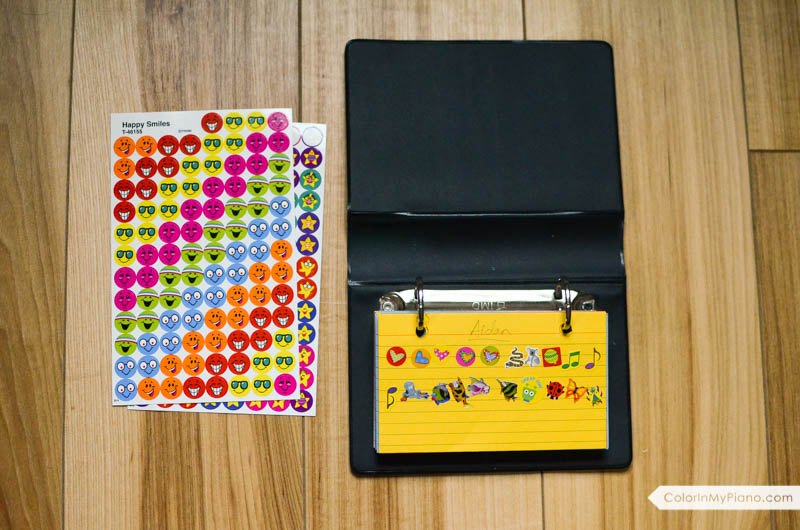This past weekend was the Michigan Music Teachers Association 124th State Conference, taking place in Bay City, Michigan. A couple of my fellow college piano pedagogy majors and I drove over to Bay City on Monday, to hear the conferences of the day. Conferences are so great because they give you all sorts of new ideas and get you re-inspired! Here are some highlights:
- We had the privilege of hearing Jane Magrath present two sessions about piano teaching. I can’t even express how fabulous her presentations were. But here’s the biggest thing I took away from her presentations: when introducing a new piece to a student (say, intermediate level), guide the student through some steps towards analyzing the piece. Example: “Let’s find some ways that will make learning this piece a little easier. Do you see any patterns in this piece?” By identifying and labeling various rhythmic and melodic themes, the student can understand the piece at a greater depth and play with more understanding. In addition, the piece suddenly becomes much less daunting.
- Derek Polischuk gave a presentation about utilizing “Audio and Video Technology in the Studio to Provide Student Feedback.” He uses the webcam on his MacBook computer to record during student lessons and post them onto YouTube in such a way that the student can login to this private area and view the movies. Doing so is a great teaching tool and greatly motivates students. After all, this is a day and age where kids understand technology so much better. You can find his blog here, where he regularly posts various student videos, including projects by his college-level piano pedagogy students.
- David Abbott spoke to us about “Beethoven through the Romantics: Pedaling and Issues of Interpretation,” highlighting some examples of places where the composer’s pedal markings are frequently not followed by pianists (qualified by the fact that our pianos today are so much different than back then). Abbott made the argument that we should be more true to the composer’s markings, for they might be indicating exactly the aural effect they were seeking to create.
What fun! I am already looking forward to next year. =)



